20 Biblical Foods That Americans Still Enjoy On Their Plates Today

The Bible mentions a variety of foods that were staples in ancient times and continue to be enjoyed today. These foods have not only sustained people for centuries but also play a significant role in modern diets, offering both nutrition and taste. From fruits and grains to dairy and meats, these items have a timeless appeal that transcends cultures and eras. Explore these 20 biblical foods that have stood the test of time and find their place on American plates even today.
1. Olives
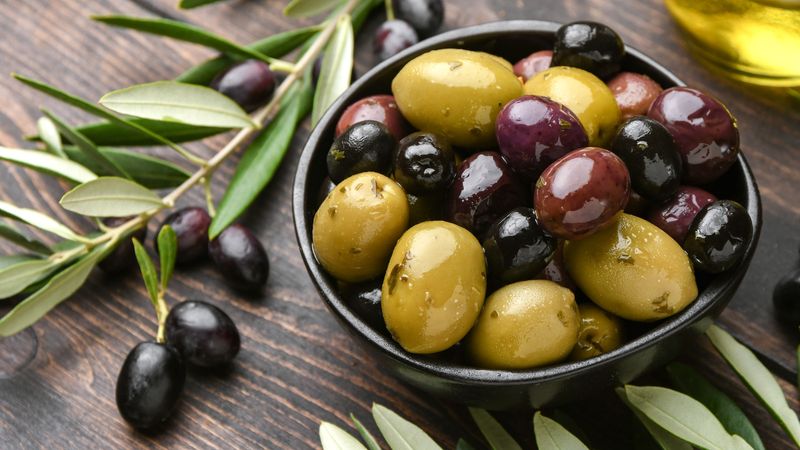
Olives are a culinary classic, both in ancient biblical times and modern kitchens. Used for making olive oil, eaten whole, or even filling a martini glass, olives boast versatility and flavor. Have you ever wondered how this small fruit became such a big part of our culinary culture? With a history as rich as its taste, olives have been revered for their health benefits and culinary uses. This fruit’s story is as diverse as its varieties—each one offering a unique taste and aroma that has captivated palates for millennia.
2. Figs

Figs possess a sweetness that captivated ancient palates and continue to delight today. Chewy and fiber-rich, they were a biblical staple, often used in both sweet and savory dishes. How do these luscious fruits retain their appeal across generations? They boast a unique texture and flavor that adds depth to modern culinary creations, from salads to desserts. With a history intertwined with ancient trade routes, figs symbolize abundance and prosperity, making them a cherished ingredient even in contemporary kitchens.
3. Grapes

Grapes are timeless treasures, cherished in ancient times and savored today. Whether enjoyed fresh, dried into raisins, or fermented into wine, grapes have always been a favorite. What if we traced the journey of grapes from biblical vineyards to modern tables? Their transformation into wine is a tale as old as time, celebrated across cultures and religions. Grapes’ versatility makes them a staple in many culinary traditions, showcasing their timeless appeal and enduring legacy.
4. Lentils
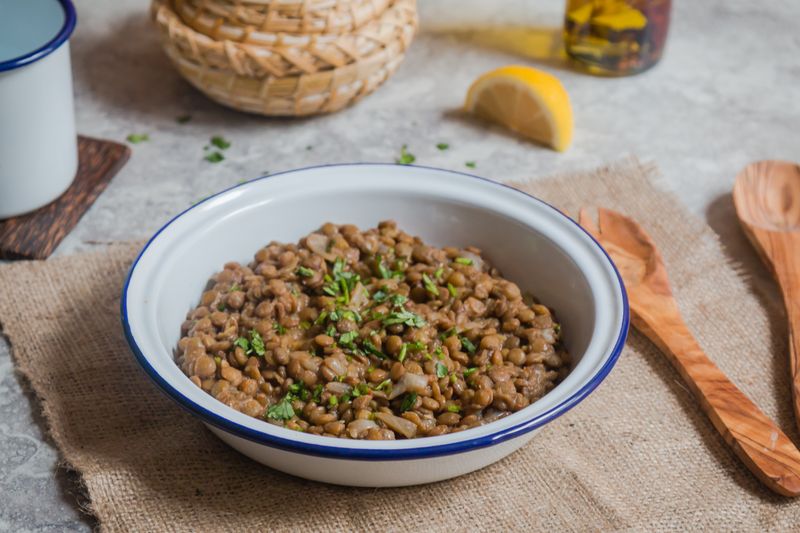
Lentils are the unsung heroes of the culinary world, offering nutrition and affordability. Their role in Esau’s famous stew is legendary, and they continue to grace soups, salads, and vegan meals. Why have lentils stood the test of time? With their earthy flavor and versatility, they complement a wide array of dishes. Lentils’ ability to absorb flavors makes them a favorite in cuisines worldwide, symbolizing nourishment and sustenance throughout the ages.
5. Barley
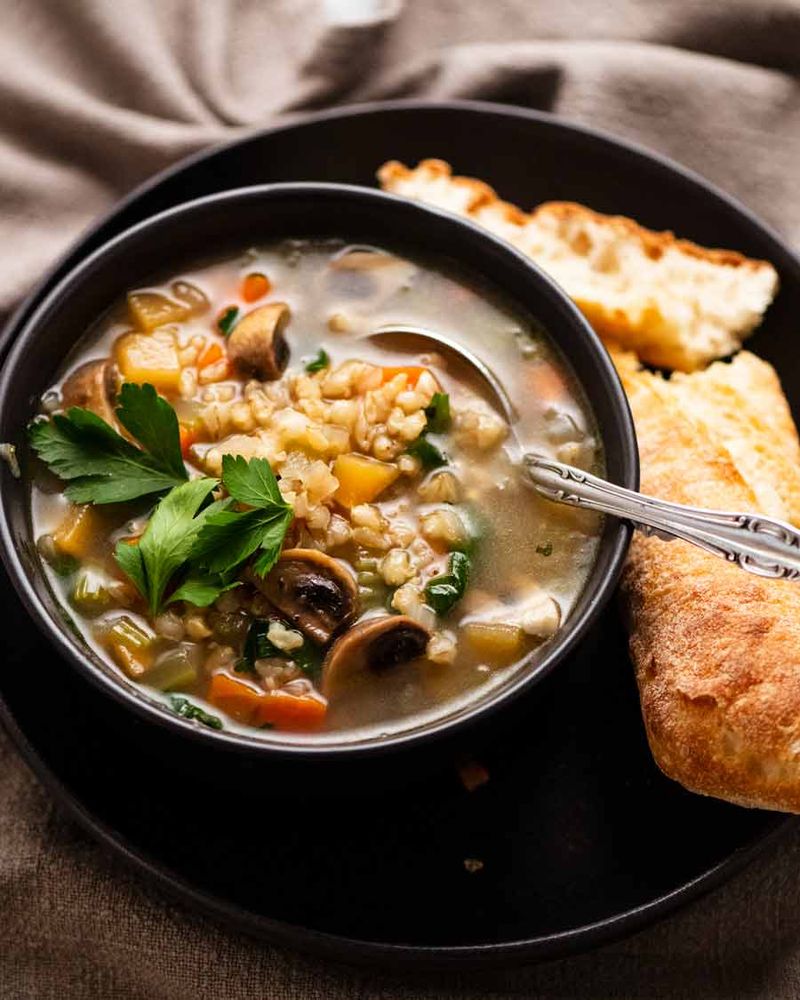
Barley, a humble grain mentioned throughout biblical stories, has been a staple for centuries. Its hearty nature makes it a perfect addition to soups and grain bowls today. How did barley find its way from ancient fields to contemporary kitchens? Its resilience and nutritional value have ensured its place in the diets of countless cultures. Barley’s nutty flavor and chewy texture provide a satisfying experience, making it a beloved grain in both ancient and modern culinary traditions.
6. Wheat
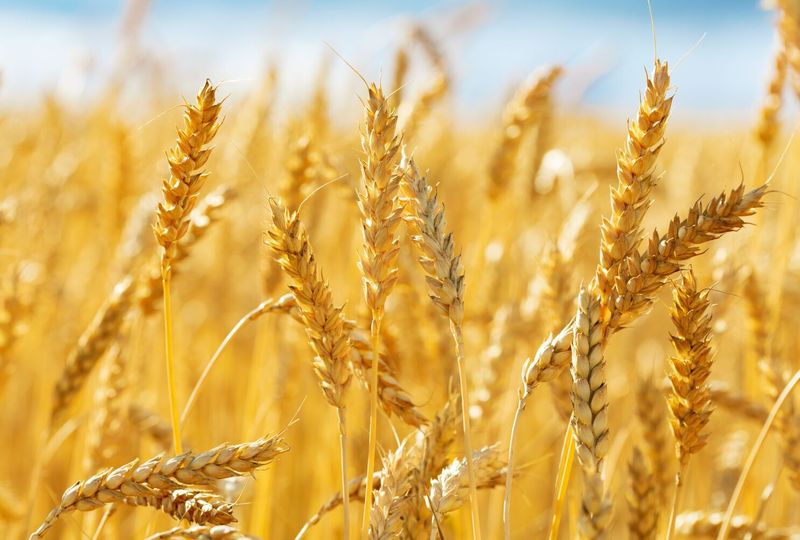
Wheat, the cornerstone of diets both ancient and modern, remains indispensable. From biblical bread-making to contemporary sandwich bread, pasta, and cereal, wheat’s influence is undeniable. Ever wondered why wheat is such a ubiquitous grain? Its adaptability and versatility allow it to be transformed into countless forms, enriching our meals and cultures. Wheat’s journey through time is a testament to its enduring appeal and essential role in nourishing societies.
7. Pomegranates
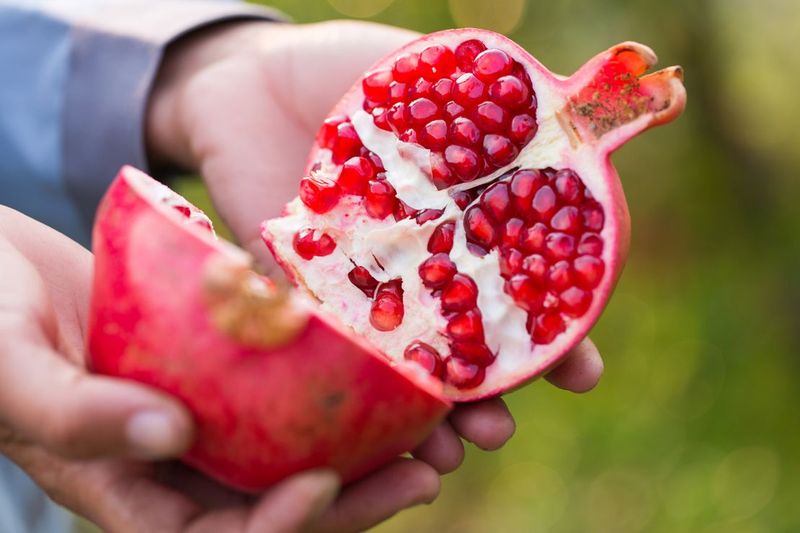
Pomegranates are a dazzling delight, once a symbol of prosperity and now a flavorful addition to modern diets. Their burst of tanginess enlivens smoothies, salads, and yogurt bowls. What makes pomegranates so special? Their vibrant color and health benefits have captivated people for millennia. Each seed embodies a story of abundance and fertility, echoing its rich biblical heritage and continued popularity in contemporary culinary creations.
8. Honey

Honey, often described as “flowing” in the Promised Land, remains a beloved sweetener today. Its versatility spans from tea to toast, offering a natural alternative to refined sugars. Why does honey hold such a special place in our hearts and kitchens? With its rich flavor and numerous health benefits, honey has been cherished since ancient times. Its golden hue and sweet taste symbolize nature’s bounty, making it a timeless favorite across cultures.
9. Fish

Fish has been a staple from the loaves-and-fishes miracle to modern fish fries. Its role in biblical stories highlights its importance in ancient diets. What keeps fish on tables today? Rich in nutrients and flavor, fish is a versatile ingredient that can be prepared in countless ways. Whether grilled, fried, or baked, fish continues to be a cherished culinary choice, bridging the gap between ancient traditions and contemporary tastes.
10. Goat’s Milk

Goat’s milk, though less common in American fridges, finds its place in cheeses, yogurts, and specialty dairy products. Its presence in biblical times reflects its importance as a source of nourishment. What makes goat’s milk unique? Its creamy texture and distinct taste offer a dairy alternative that has gained popularity, especially among those seeking lactose-friendly options. Goat’s milk continues to appeal with its rich history and versatile uses in culinary creations.
11. Cucumbers
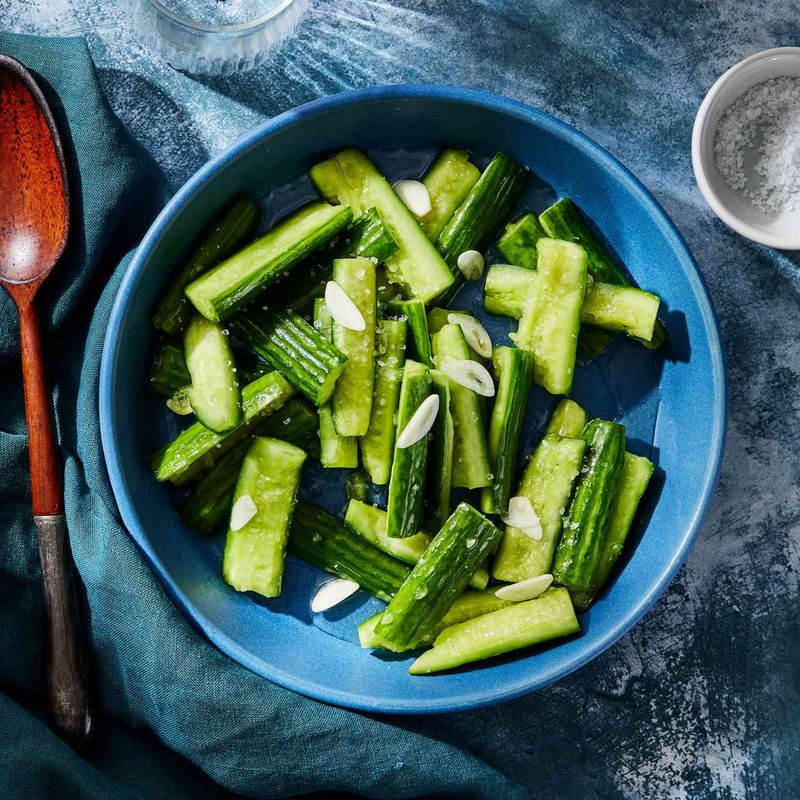
Cucumbers, mentioned in Exodus as a craving of the Israelites in Egypt, remain a crunchy salad essential. Crisp and refreshing, they add texture and flavor to dishes. Why do cucumbers continue to captivate palates across the world? Their hydrating properties and mild taste make them a versatile addition to many meals, from salads to pickles, embodying a timeless appeal that transcends generations.
12. Dates
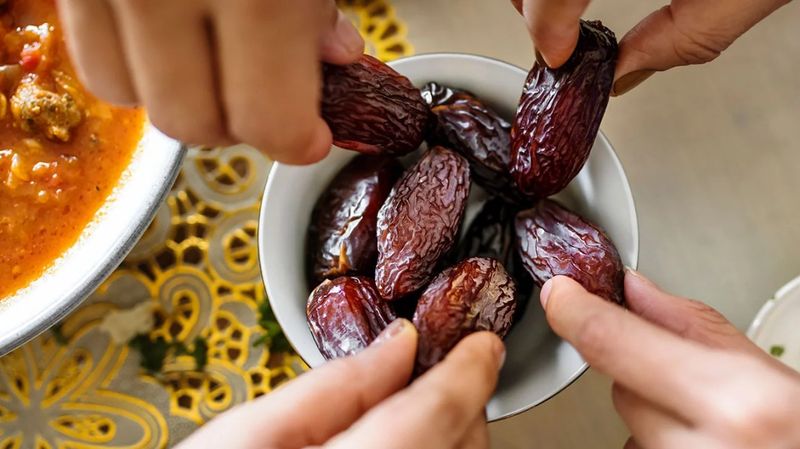
Dates, naturally sweet and packed with energy, were essential in biblical times and still serve as a go-to snack for the health-conscious. What is it about dates that endears them to so many? Their chewy texture and rich sweetness make them an ideal ingredient for both sweet and savory recipes. Dates hold a special place in culinary history, symbolizing nourishment and vitality across cultures and centuries.
13. Lamb

Lamb, central to Passover and sacrificial tradition, continues to be celebrated on Easter tables and Mediterranean menus. Its rich flavor and tender texture make it a favorite choice for special occasions. Ever pondered why lamb holds such a revered place in culinary lore? Its historical significance and robust taste ensure its presence in diverse culinary traditions, embodying a legacy of festivity and flavor.
14. Garlic
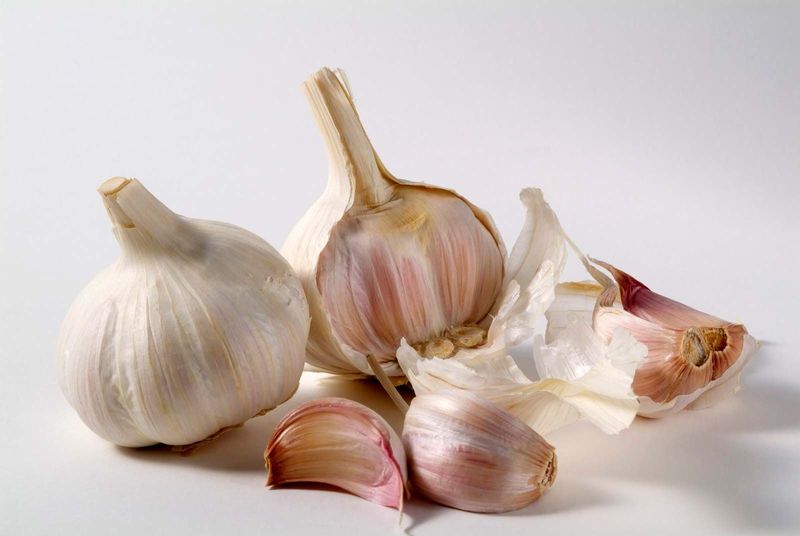
Garlic, used for flavor and even medicinal purposes in ancient times, remains a kitchen staple today. Its pungent aroma and distinctive taste enhance nearly every dish. Why does garlic continue to hold sway over our culinary senses? Its ability to transform simple ingredients into flavorful dishes is unmatched, making it a beloved addition to countless recipes. Garlic’s timeless appeal lies in its versatility and bold character.
15. Onions
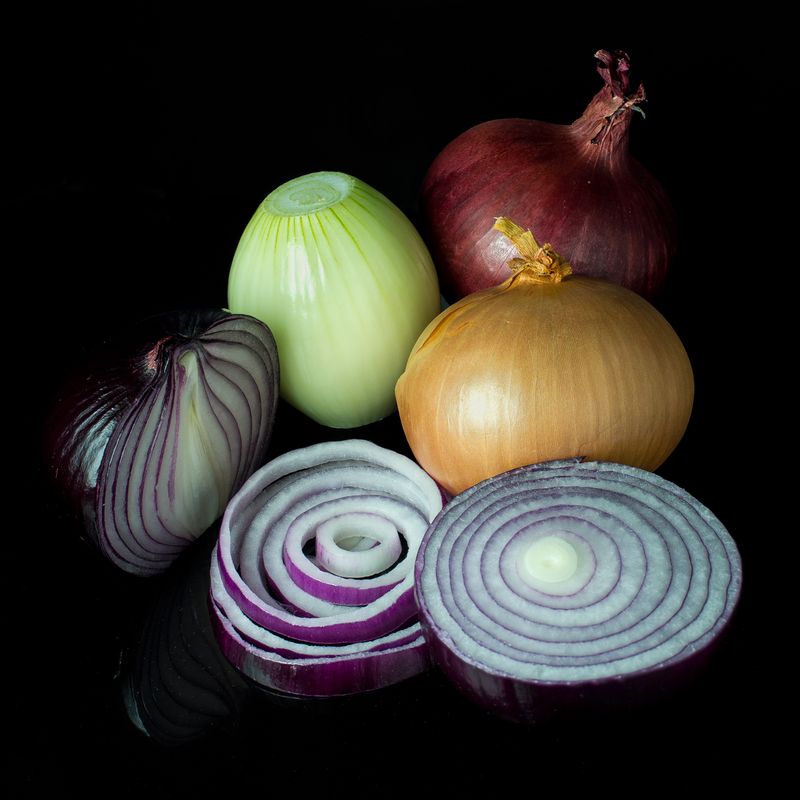
Onions, both biblical and beloved, appear in nearly every dish, from stews to sandwiches. Their pungent flavor and versatility make them indispensable in kitchens worldwide. What makes onions so universally adored? Their ability to enhance flavors and add depth to dishes is unparalleled. Onions’ rich history and vital role in culinary traditions across the globe highlight their enduring popularity and essential presence on our plates.
16. Cheese
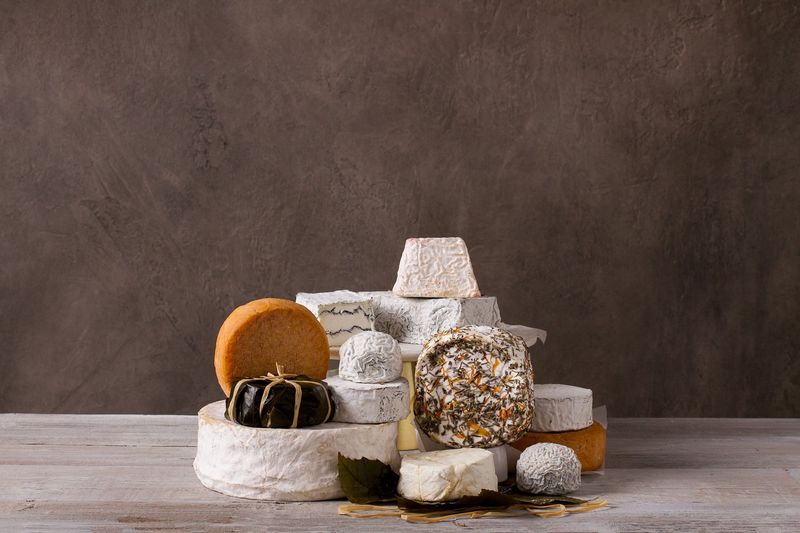
Cheese, believed to exist even in biblical times, usually made from goats, has evolved into a billion-dollar obsession today. Its myriad forms and flavors appeal to diverse palates. What draws people to cheese? Its creamy texture and rich taste offer a comforting indulgence. Cheese’s transformation from simple curds to sophisticated artisanal creations mirrors its timeless allure and its role as a culinary delight across cultures.
17. Chickpeas
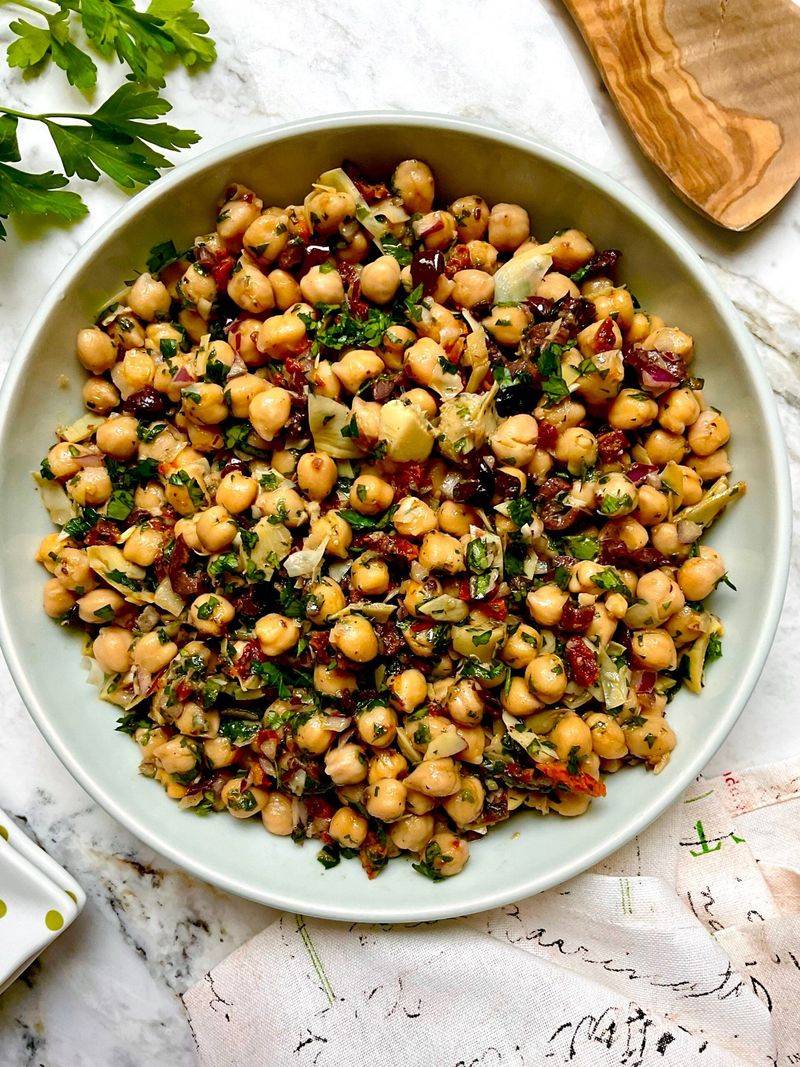
Chickpeas, used in ancient stews and flatbreads, now star in hummus, falafel, and plant-based meals across the globe. Their nutty flavor and creamy texture have made them a favorite for centuries. What is it about chickpeas that captivates culinary enthusiasts? Their versatility and nutritional benefits ensure their place in various cuisines, symbolizing health and innovation in modern cooking.
18. Apples (or similar fruits)

Although the “forbidden fruit” wasn’t necessarily an apple, apples have biblical associations and remain an American favorite. Crisp and juicy, they are a staple in desserts, snacks, and cider. Why do apples captivate us so? Their timeless appeal lies in their diverse varieties and uses. Apples have become emblematic of harvest and abundance, continuing to charm with their sweet and tart flavors.
19. Mustard Seeds
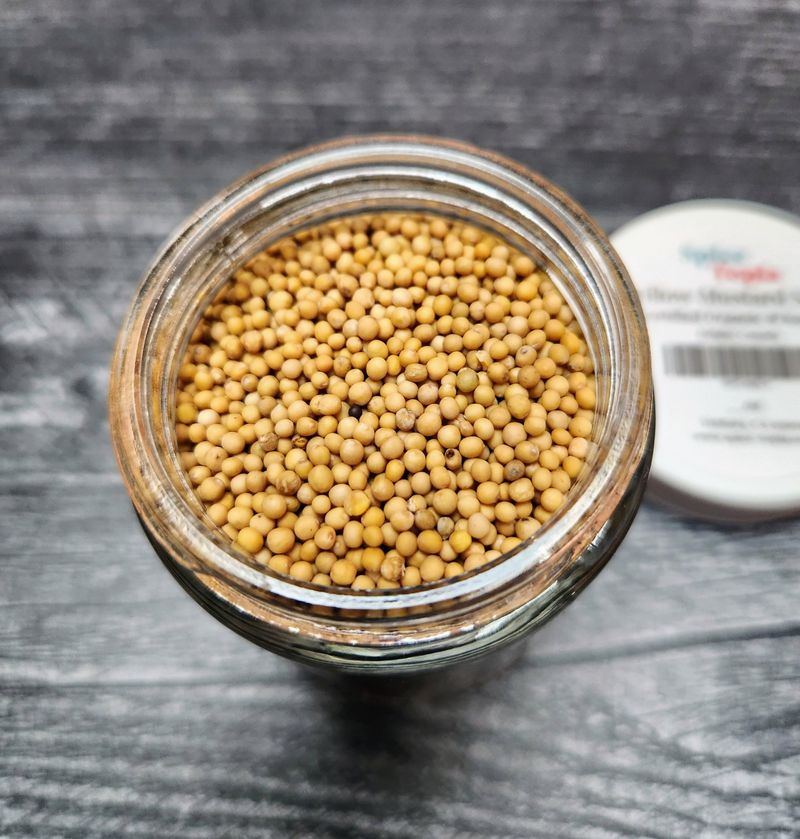
Mustard seeds, referenced in parables, are used today in pickling and spice blends. Their tiny size belies their powerful flavor, which has been valued for centuries. How do mustard seeds continue to influence culinary traditions? Their ability to add complexity and depth to dishes is unmatched, making them an essential ingredient in various cuisines. Mustard seeds symbolize growth and potential, both in the kitchen and beyond.
20. Wine

Wine, a symbol of celebration and communion, has a history that spans millennia. From biblical ceremonies to modern dinners, wine’s allure is universal. What is it about wine that resonates with so many? Its rich flavors and cultural significance make it a beloved beverage across the world. Wine’s journey from ancient vineyards to contemporary tables is a testament to its timeless appeal and enduring legacy.
